detail profile allen ginsberg
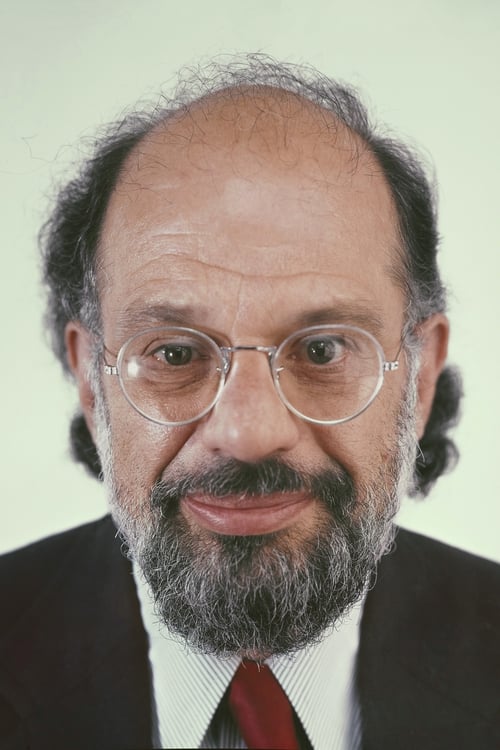
Allen Ginsberg
Irwin Allen Ginsberg
atau dikenal sebagai
Riwayat Hidup
Irwin Allen Ginsberg (June 3, 1926 – April 5, 1997) was an American poet.
He is considered to be one of the leading figures of both the Beat Generation during the 1950s and the counterculture that soon followed.
He vigorously opposed militarism, economic materialism and sexual repression and was known as embodying various aspects of this counterculture, such as his views on drugs, hostility to bureaucracy and openness to Eastern religions.
He was one of many influential American writers of his time known as the Beat Generation, which included famous writers such as Jack Kerouac and William S.
Burroughs.
Description above from the Wikipedia article Allen Ginsberg, licensed under CC-BY-SA, full list of contributors on Wikipedia.
Info Pribadi
Peran Yang Di Mainkan Allen Ginsberg
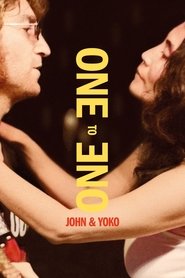 An exploration of the seminal and...
An exploration of the seminal and...One to One: John & Yoko 2025
An exploration of the seminal and transformative 18 months that one of music’s most famous couples — John Lennon and Yoko Ono — spent living in Greenwich Village, New York City, in the early 1970s.
 The quixotic journey of Nam June...
The quixotic journey of Nam June...Nam June Paik: Moon Is the Oldest TV 2023
The quixotic journey of Nam June Paik, one of the most famous Asian artists of the 20th century, who revolutionized the use of technology as an artistic canvas and prophesied both the fascist tendencies and intercultural understanding that would arise from the interconnected metaverse of today's world.
 Experience the iconic rock bands legacy...
Experience the iconic rock bands legacy...The Velvet Underground 2021
Experience the iconic rock band's legacy in the first major documentary to tell their story. Directed with the era’s avant-garde spirit by Todd Haynes, this kaleidoscopic oral history combines exclusive interviews with dazzling archival footage.
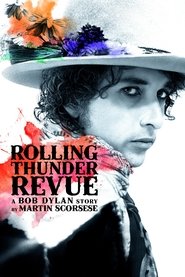 Part documentary part concert film part...
Part documentary part concert film part...Rolling Thunder Revue: A Bob Dylan Story by Martin Scorsese 2019
Part documentary, part concert film, part fever dream, this film captures the troubled spirit of America in 1975 and the joyous music that Dylan performed during the fall of that year.
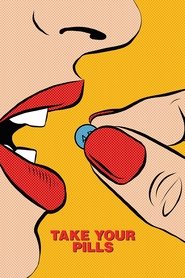 In a hypercompetitive world drugs like...
In a hypercompetitive world drugs like...Take Your Pills 2018
In a hypercompetitive world, drugs like Adderall offer students, athletes, coders and others a way to do more -- faster and better. But at what cost?
 The fascinating story of the cultural...
The fascinating story of the cultural...How the Beatles Changed the World 2017
The fascinating story of the cultural, social, spiritual, and musical revolution ignited by the coming of the Beatles. Tracing the impact that these four band members had, first in their native Britain and soon after worldwide, it reappraises the band and follows their path from young subversives to countercultural heroes. Featuring fresh, revealing interviews with key collaborators as well as a wealth of rarely-seen archival footage, this is a bold new take on the most significant band in the history of music and their enduring impact on popular culture.
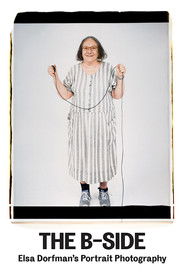 Portrait photographer Elsa Dorfman found her...
Portrait photographer Elsa Dorfman found her...The B-Side: Elsa Dorfman's Portrait Photography 2017
Portrait photographer Elsa Dorfman found her medium in 1980: the larger-than-life Polaroid Land 20x24 camera. For the next thirty-five years, she captured the “surfaces” of those who visited her studio: families, Beat poets, rock stars, and Harvard notables. As pictures begin to fade and her retirement looms, Dorfman gives Errol Morris an inside tour of her backyard archive.
 When Howard Brookner lost his life...
When Howard Brookner lost his life...Uncle Howard 2017
When Howard Brookner lost his life to AIDS in 1989, the 35-year-old director had completed two feature documentaries and was in post-production on his narrative debut, Bloodhounds of Broadway. Twenty-five years later, his nephew, Aaron, sets out on a quest to find the lost negative of Burroughs: The Movie, his uncle's critically-acclaimed portrait of legendary author William S. Burroughs. When Aaron uncovers Howard's extensive archive in Burroughs’ bunker, it not only revives the film for a new generation, but also opens a vibrant window on New York City’s creative culture from the 1970s and ‘80s, and inspires a wide-ranging exploration of his beloved uncle's legacy.
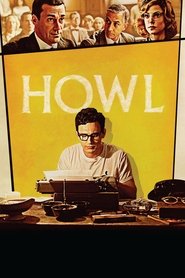 Its San Francisco in 1957 and an...
Its San Francisco in 1957 and an...Howl 2010
It's San Francisco in 1957, and an American masterpiece is put on trial. Howl, the film, recounts this dark moment using three interwoven threads: the tumultuous life events that led a young Allen Ginsberg to find his true voice as an artist, society's reaction (the obscenity trial), and mind-expanding animation that echoes the startling originality of the poem itself. All three coalesce in a genre-bending hybrid that brilliantly captures a pivotal moment-the birth of a counterculture.
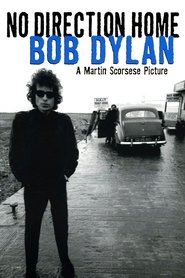 A chronicle of Bob Dylans strange...
A chronicle of Bob Dylans strange...No Direction Home: Bob Dylan 2005
A chronicle of Bob Dylan's strange evolution between 1961 and 1966 from folk singer to protest singer to "voice of a generation" to rock star.
 A compilation of over 30 years of...
A compilation of over 30 years of...As I Was Moving Ahead, Occasionally I Saw Brief Glimpses of Beauty 2000
A compilation of over 30 years of private home movie footage shot by Lithuanian-American avant-garde director Jonas Mekas, assembled by Mekas "purely by chance", without concern for chronological order.
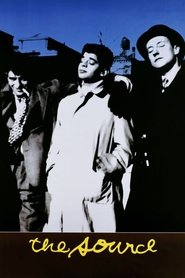 Traces the Beats from Allen Ginsberg...
Traces the Beats from Allen Ginsberg...The Source 1999
Traces the Beats from Allen Ginsberg and Jack Kerouac's meeting in 1944 at Columbia University to the deaths of Ginsberg and William S. Burroughs in 1997. Three actors provide dramatic interpretations of the work of these three writers, and the film chronicles their friendships, their arrival into American consciousness, their travels, frequent parodies, Kerouac's death, and Ginsberg's politicization. Their movement connects with bebop, John Cage's music, abstract expressionism, and living theater. In recent interviews, Ginsberg, Burroughs, Kesey, Ferlinghetti, Mailer, Jerry Garcia, Tom Hayden, Gary Snyder, Ed Sanders, and others measure the Beats' meaning and impact.
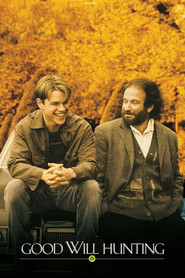 Headstrong yet aimless Will Hunting has...
Headstrong yet aimless Will Hunting has...Good Will Hunting 1997
Headstrong yet aimless, Will Hunting has a genius-level IQ but chooses to work as a janitor at MIT. When he secretly solves highly difficult graduate-level math problems, his talents are discovered by Professor Gerald Lambeau, who decides to help the misguided youth reach his potential. When Will is arrested for attacking a police officer, Professor Lambeau makes a deal to get leniency for him if he gets court-ordered therapy. Eventually, therapist Dr. Sean Maguire helps Will confront the demons that are holding him back.
 This intimate portrait of Andy Warhol...
This intimate portrait of Andy Warhol...Scenes from the Life of Andy Warhol: Friendships & Intersections 1990
This intimate portrait of Andy Warhol pulls together a unique library of material shot by New York film legend Jonas Mekas. Spanning from 1963 to 1990, the film features a cast of counterculture icons including Allen Ginsberg, George Maciunas, John Lennon, and Yoko Ono, as well as John and Caroline Kennedy, and Lee Radziwill (Jackie Kennedy Onassis's sister and Warhol muse)—to whom Mekas dedicates the film. The film features footage from the Velvet Underground's first public performance. A portrait of the remarkable life of arguable the twentieth century's most famous artist and leading iconographer.
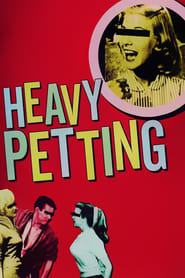 Celebrities and creatives including musician David...
Celebrities and creatives including musician David...Heavy Petting 1989
Celebrities and creatives -- including musician David Byrne, performance artist Spalding Gray, comedian Sandra Bernhard, radical activist Abbie Hoffman, and poet Allen Ginsberg-- recall their earliest sexual experiences.
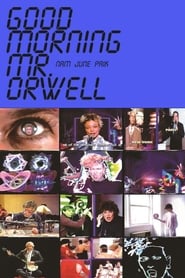 In his book 1984 George Orwell saw...
In his book 1984 George Orwell saw...Good Morning, Mr. Orwell 1984
In his book "1984", George Orwell saw the television of the future as a control instrument in the hands of Big Brother. Right at the start of the much-anticipated Orwellian year, Paik and Co. were keen to demonstrate satellite TV's ability to serve positive ends-- Namely, the intercontinental exchange of culture, combining both highbrow and entertainment elements. A live broadcast shared between WNET TV in New York and the Centre Pompidou in Paris, linked up with broadcasters in Germany and South Korea, reached a worldwide audience of over 10 or even 25 million (including the later repeat transmissions).
 Filmed in the autumn of 1975 prior...
Filmed in the autumn of 1975 prior...Renaldo and Clara 1978
Filmed in the autumn of 1975 prior to and during Bob Dylan's Rolling Thunder Revue tour – featuring appearances and performances by Ronee Blakley, T-Bone Burnett, Jack Elliott, Allen Ginsberg, Arlo Guthrie, Ronnie Hawkins, Roger McGuinn, Joni Mitchell, Mick Ronson, Arlen Roth, Phil Ochs, Sam Shepard, and Harry Dean Stanton – the film incorporates three distinct film genres: concert footage, documentary interviews, and dramatic fictional vignettes reflective of Dylan's song lyrics and life.
 In this wildly entertaining vision of...
In this wildly entertaining vision of...Dont Look Back 1967
In this wildly entertaining vision of one of the twentieth century’s greatest artists, Bob Dylan is surrounded by teen fans, gets into heated philosophical jousts with journalists, and kicks back with fellow musicians Joan Baez, Donovan, and Alan Price.
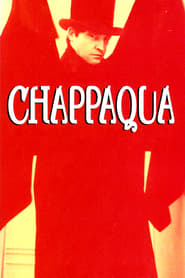 Semiautobiographical story of Conrad Rooks who...
Semiautobiographical story of Conrad Rooks who...Chappaqua 1966
Semi-autobiographical story of Conrad Rooks, who travels to France to undergo a drug-withdrawal cure. Flashbacks to the beginings of psychedelia in San Fran. Though initially confusing, as Rooks blends drug-illusion with reality, and cuts color with black-and-white and monochrome tinted shots, "Chappaqua" is conventionally constructed with a beginning, middle, and end.
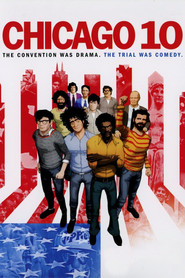 Archival footage animation and music are...
Archival footage animation and music are...